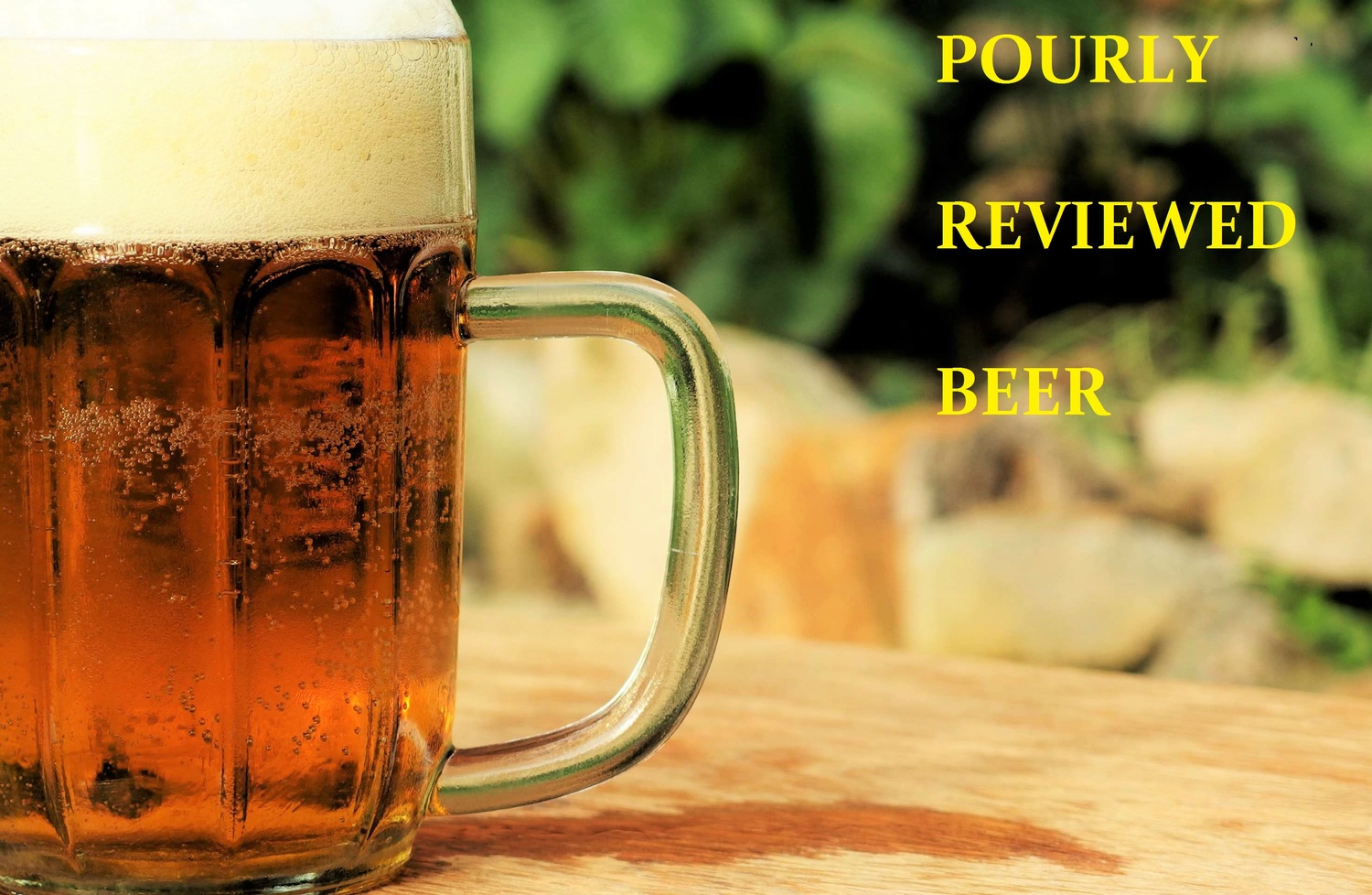Commentary: The Big Bottle Conundrum
As I noted during Thursday’s Six-Pack of News, many breweries are starting to reduce or eliminate the use of the so-called “bomber” bottles—bottles that are typically in the 22-25-ounce range. As noted by Zach Fowle in this article at the online version of Draft Magazine, there are multiple reasons for this change. The first justification is availability, and is just flat out math: if a brewery brews a standard amount of a unique beer each year, that brewery can make many more 12- or 16-ounce bottles than 22-ounce bottles. The second reason is financial, and also distills down to simple math. As Fowle notes:
“While some customers may have balked at paying $17 for a single bottle of beer (the MSRP of Firestone’s 22-ounce Vintage Reserve bottles), a smaller bottle at close to half the price might be more palatable. (It’s also just good buisness: Why sell 22 ounces of beer at $17 when you can sell 12 ounces for $10?)”
Frankly, there’s little to no way to sensibly argue these first two points. Who really wants to debate that “beer SHOULDN’T be more widely available and more cost-conscious”?
The third and final point is more subjective: beer consumers don’t want to drink a full bomber bottle of beer. I can understand this sentiment from one angle: the big and heavy beers that tend to come in such bottles might be too much for some drinkers. Typically, these bomber bottles are used for higher-end beers (as an example, the beers that resulted in the original article: Firestone Walker’s Vintage Reserve series). Personally, bomber bottles, even of big beers, don’t bother me at all. In fact, I tend to buy nothing but singles or sampler 12-packs of beer, and a lot of the beers that come in these big bottles are damn good, even special, beers. I don’t mind having almost two beers’ worth of some awesome Imperial Stout, and I’m surprised that there’s a lot of push back from the craft beer community on this matter. But the data must say I’m wrong, given 1) the push for smaller bottles mentioned in this article, and 2) the little bit of data I’ve seen suggesting that growlers (which typically come in 32-64-ounce volumes, or 2-4 pints of beer) have begun sliding in popularity.
Ultimately, as at least one brewer put it in the article, it comes down to customer demand. If the community’s not buying larger bottles of beer, then breweries are going to stop producing and selling them. I as I said, I like the larger format bottles. I find it is a splitting of the difference between buying a single 12-ounce beer and having to buy a 4- or 6-pack. It would seem I’m in the minority though; I’ll just have to make my money talk for me and hope the bomber format survives.




